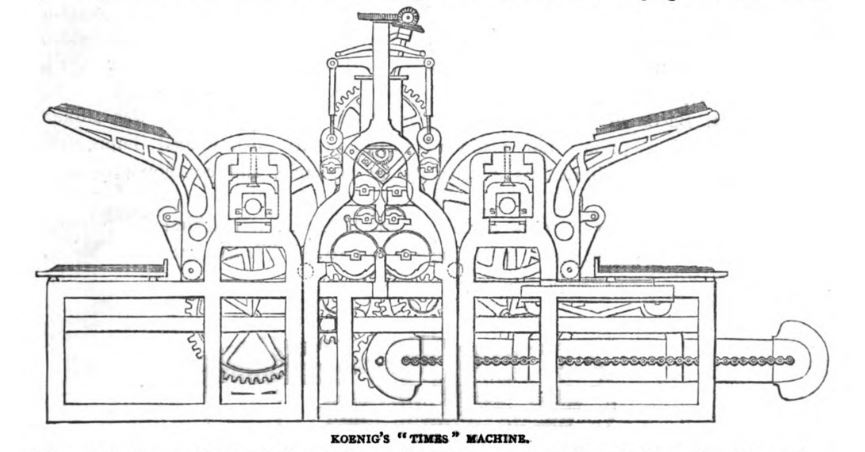In November 1999 the New York Times ran a piece by a well-known London journalist and historian headed “Walking Wapping’s Streets”:
… Wapping, one of the oldest stretches of Thames-side harbor, is a secret place still only hazily located in Londoners’ minds. It is often confused with the Isle of Dogs dockland redevelopment (Canary Wharf and other futuristic towers) which is farther downstream on a much more pronounced bend of the river.
A quarter century on, the only observable difference of substance is that Canary Wharf has continued to rise in every sense. For many, its relationship to London is akin to that of Wall Street to New York.
An episode which does not feature in the conventional narrative is one of the most profound episodes of the century.
In the mid-1980s, an Australian media owner Mr Rupert Murdoch had established a firm presence in the UK. He owned the Sun, the Times and the Sunday Times. He was poised to move on the US.
Armed with a $670m loan from Citicorp and having renounced Australian citizenship, one thing stood between the birth of Fox and its growth and that was a cashflow.
Mr Murdoch’s London empire provided cashflow but there was a problem. Fleet Street had housed printers and publishers for 400 years and newspapers for 200 years and was, from the viewpoint of many, controlled by the printing unions.
Mr Murdoch’s move was as audacious as any in his long career. He left Fleet Street. He simply walked away and ran his presses from what was known as Fortress Wapping. I visited Wapping while it was being built and can best describe it these four decades on as a kind of gated business community with new shrubbery and barbed wire.
For better or for worse, and there are unsurprisingly a range of views, Mr Murdoch’s move worked. The unions were crushed and Fox has gone from strength to strength, gathering along the way the Wall Street Journal.
Plus ça change… A 170 years before, the owner of the same Times wished to install steam-powered printing presses at the height of the Luddite rebellions. Two historians have described the first issue in these terms:
Walter immediately ordered two double machines with engines to be erected in a hired building close to Printing House Square amid close secrecy in order to avoid conflict with The Times’s regular staff. [One of the owners of the machine manufacturer] bound his men with a £100 bond to divulge nothing. By tricking his staff on the evening of 29 November 1814 that the presses had to be held for important news expected from the Continent, Walter printed the first issue on Koenig’s machines.
